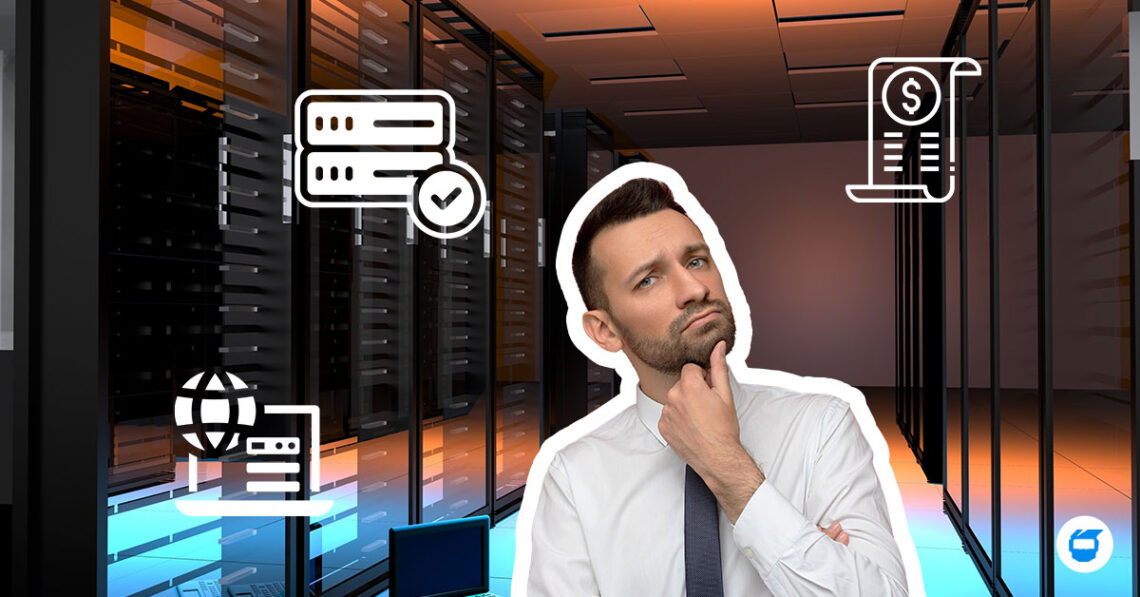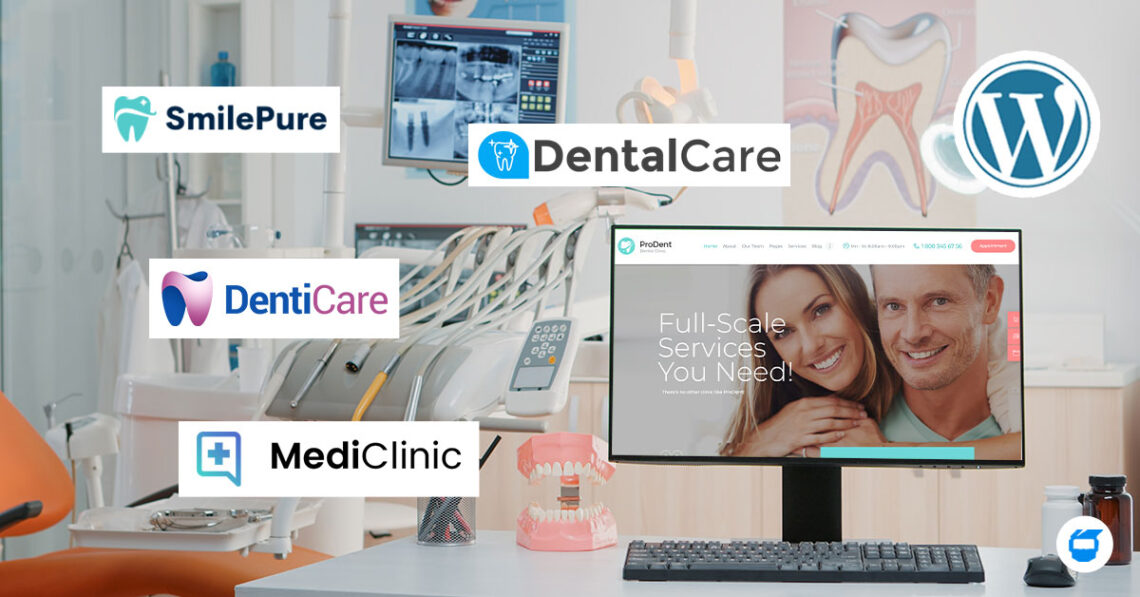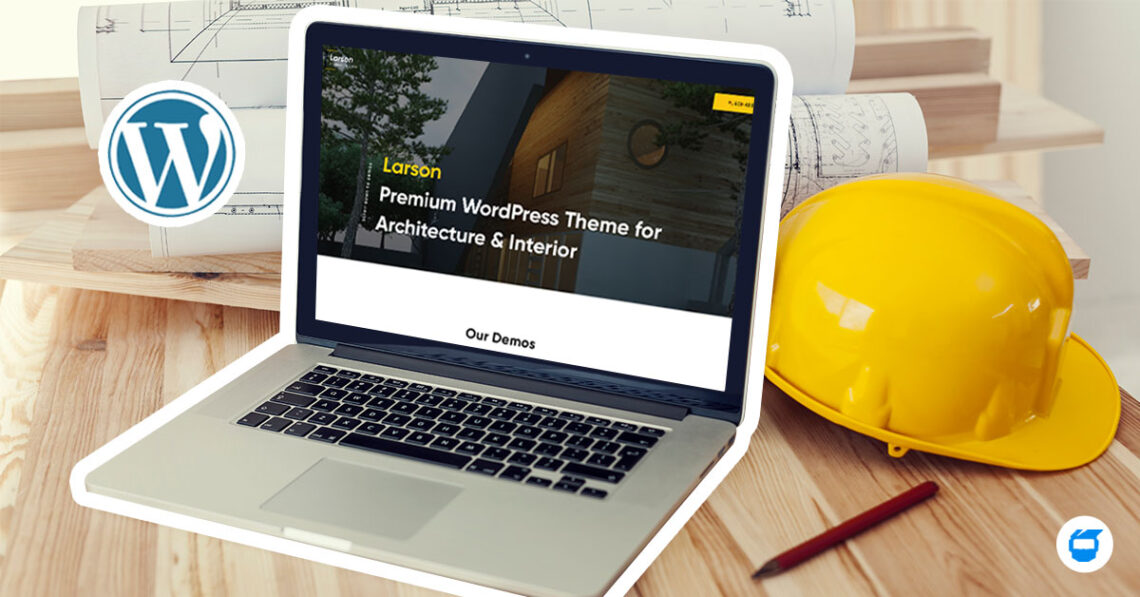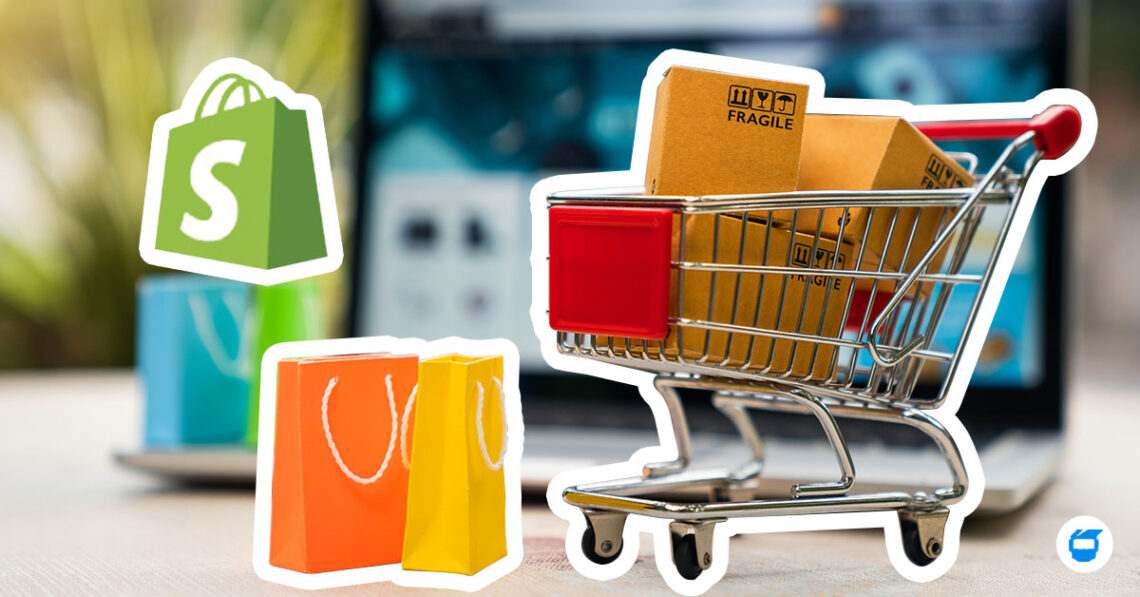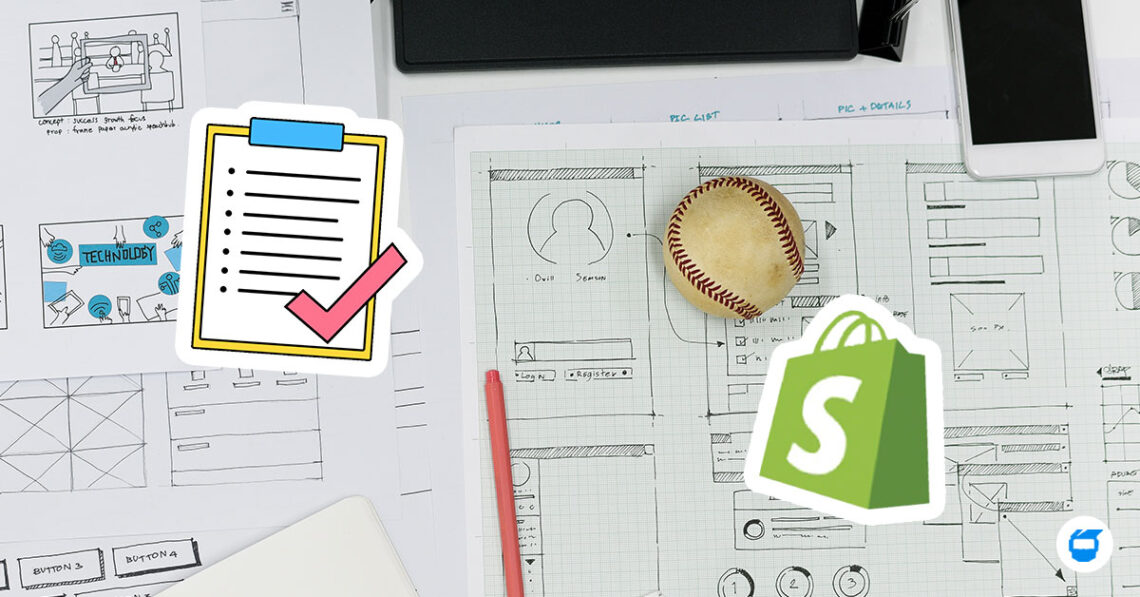Creating your first e-commerce website can be daunting, especially if you are relatively new to the process. You might wonder what is needed to get started, and how things work. Many new business owners don’t want to rush the process and opt to take their time getting it right. However, that’s a hard thing to accomplish on your own. Having a strong support system, a solid plan, as well as a marketing budget that covers Google Ads, Facebook Ads, and other channels can help kickstart your e-commerce business.
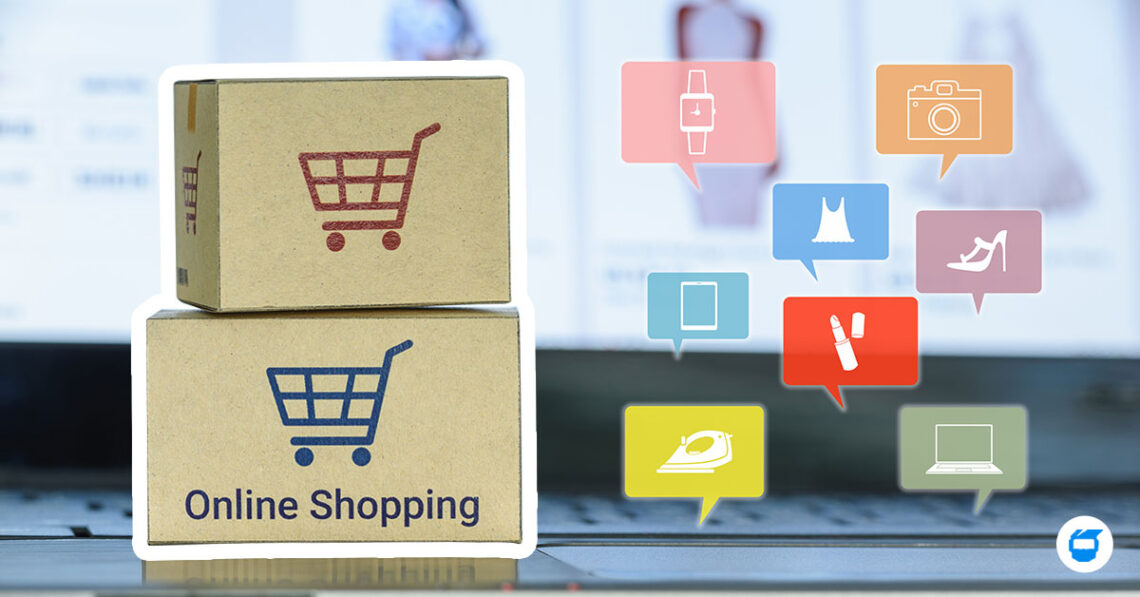
To help you with your journey, we’ve put together a step-by-step guide to help you build through each stage of the process.
1. Choose a Name For Your Domain
When choosing a domain name, the most important thing to consider is how it will communicate your brand and help you rank well in search engine results. What makes this even more difficult is that, in today’s internet world, there’s an unprecedented amount of competition for attention. That means you have to be clever with your domain name listings. If you run into problems with your website not being found by search engines — even when you know your customers and target audience will likely enter a certain keyword or phrase into search engines — you can always get professional help from the likes of Google AdWords or Bing Ads.
2. Choose Your E-commerce Platform
Choosing your e-commerce platform is one of the most important decisions you will make when starting an online business. Your choice determines how your viewers browse and buy, as well as your ability to grow into the future. While there are many options for building a website and starting an online business, your platform can be the difference between success and failure.
Examples of E-commerce platforms:
E-commerce platforms offer pre-built functionality that can be launched in minutes. This means you can focus on selling your products, rather than the underlying tools that power your website. Here are some top-notch examples:
- Shopify:
Shopify is an e-commerce platform that’s popular with startups, drop-shippers, and other small businesses.
- Big Commerce:
BigCommerce offers an affordable, easy-to-use platform for multichannel sellers and provides a suite of tools to help small businesses grow.
- Adobe Commerce:
Adobe Commerce is an ecommerce platform that’s made for more flexible customization for developers known for advanced coding and development skills.
Website builders with e-commerce features:
E-commerce is a strong selling point for many website builders. But if you already run a website and need to sell products, these apps can help.They all have free basic plans and if you wish to upgrade to an e-commerce plan, they all offer that option as well.
- Wix:
Wix is a drag and drop website builder with built in templates that can easily be customized. It’s absolutely user friendly and it allows you to build a basic website for free but to access Wix’s e-commerce features you would need to upgrade to a paid plan.
- Weebly:
Weebly offers a basic online store that works well for small businesses that don’t need much maintenance. It has a simple and easy to use editing software that can customize your webspace and it also has customizable themes for your website.
- Squarespace:
Squarespace is another website builder that also allows you to access an e-commerce option. It also has a drag and drop feature similar to Wix but it requires some technical finesse and patience to set up your website.
Using E-commerce plugins for WordPress
We all know that online store functionality isn’t included with WordPress by default. That’s why there are so many e-commerce plugins available. But which one should you choose? Most of the time, it’s hard to tell which of these WordPress ecommerce plugins are on offer and which ones are ideal for your online store. WordPress allows you to browse along your options, so we suggest experimenting with what you have and see what best fits you..
When you’re ready to begin building your eCommerce site, take the time to choose a platform that works for you. Maybe you need something free to get started, or maybe you want a complete eCommerce store on your WordPress site. Either way, there is an option that will support your particular needs.
3. Plan and Design Your E-commerce Website
The first step toward creating your business website is to gather all the information and content you’ll need for your site. You’ll want to think about how the site will look and feel, what features it will include, and what services or information you want it to convey.
Once you’ve added your logo and completed the text boxes, you will need to add product descriptions, photos and data. This is perhaps the most time consuming part of building an e-commerce website, but it’s essential for attracting potential customers. Only when you can provide them with the details they are looking for regarding your product, will they be able to make a confident decision to purchase from you.
4. Establish Payment, Tax, Shipping, and Marketing Tools
When you establish your payment tools, tax tools, shipping tools and marketing tools for your eCommerce website, you’ll be streamlining your customer’s shopping experience and increasing the likelihood of them purchasing from your ecommerce site. If any one of these essential positions fall through the cracks then it means trouble for your online business because no one wants to see delays or problems when ordering something online. You want to make accessing the information for these tools convenient for your consumers so they can find what they need and make a purchasing decision more easily. This means you need to establish verified website methods for payment processing and verify whether or not you will be collecting sales and use tax where applicable.
Payment process and Tax Table Setup
Many e-commerce platforms offer built-in payment processing. This is convenient because you can set up a software like QuickBooks to gather customer billing and payment information directly from the platform. However, most platforms also let you connect your own payment gateway and merchant account. Although, built-in and plug-and-play payment services are the simplest, and often the most economical, options for startups.
Shipping Process
When it comes to order fulfillment, you have plenty of options. You can either outsource the entire process, use a free solution or track orders manually in your e-commerce software. To deliver a flawless e-commerce experience, you need to integrate shipping software with your e-commerce platform to streamline order fulfillment and consider various features like automated order packing slips, shipping labels, and detailed tracking information.
Email marketing and social media setup
WordPress is highly popular for e-commerce sites because it’s simple to use. However, the fact that it’s easy to use doesn’t mean it’s full of features. Sure, you can build a fairly sophisticated site with WordPress or Wix. But you’ll have a hard time connecting that site to social media and email marketing services. Some full-featured ecommerce platforms like BigCommerce and Shopify will include affordable, high-quality marketing tools. They offer you the ability to grow your marketing channels with a few basic clicks. The pros of these all-in-one solutions for your business include higher efficiency and fewer resources spent on software licenses and content hosting.
Most online stores need some sort of marketing automation. Just like it sounds, marketing automation is a set of tools that automate the process of emailing, engaging, and selling to potential customers. Email lists are essential links in your customer engagement chain. Without them, you’re just whistling through an empty house. When used well, email can exponentially skyrocket your sales and profit while connecting with your customers on a personal level. You just need to make sure you are sending the right offers at the right time. Otherwise, you could lose their interest and might not see the desired results.
5. Testing and Launching your E-commerce Website
Going live with a new e-commerce website is a big deal. The days when you simply throw your products online and hope for the best are over. Today’s customers are demanding a bigger say in the design and functionality of an e-commerce site and will abandon a slow or unusable website. That’s why testing your e-commerce website before it goes live is critical to what happens next. Before you let your customers on your e-commerce site ensure it’s functional, fast, and easy to use.
When launching your e-commerce website there are three factors at play. One of them is testing the design, performance, and usability of your online store. It’s important to do this before you let your customers browse around as they could get turned off quickly if they can’t find what they’re looking for.This is a key moment for your e-commerce start-up, so you need to make sure everything is going to work just fine before you let the customers in.
Building an ecommerce business is no easy task, but the good news is that it’s never been easier. Building your ecommerce store on a platform like Shopify means you can get started for free and scale as you see fit. Over the years, entrepreneurs have been able to build ecommerce stores that powered their businesses from 0 to 100. Not only will it help your customers find high-quality products sold by trusted sellers, but it will also generate leads for your business or attract potential investors. It’s impossible to know where your online store might take you, but that’s part of what makes it so exciting.
Do you need help with the Ecommerce Website Development of your business? Contact us today so we can help you!







